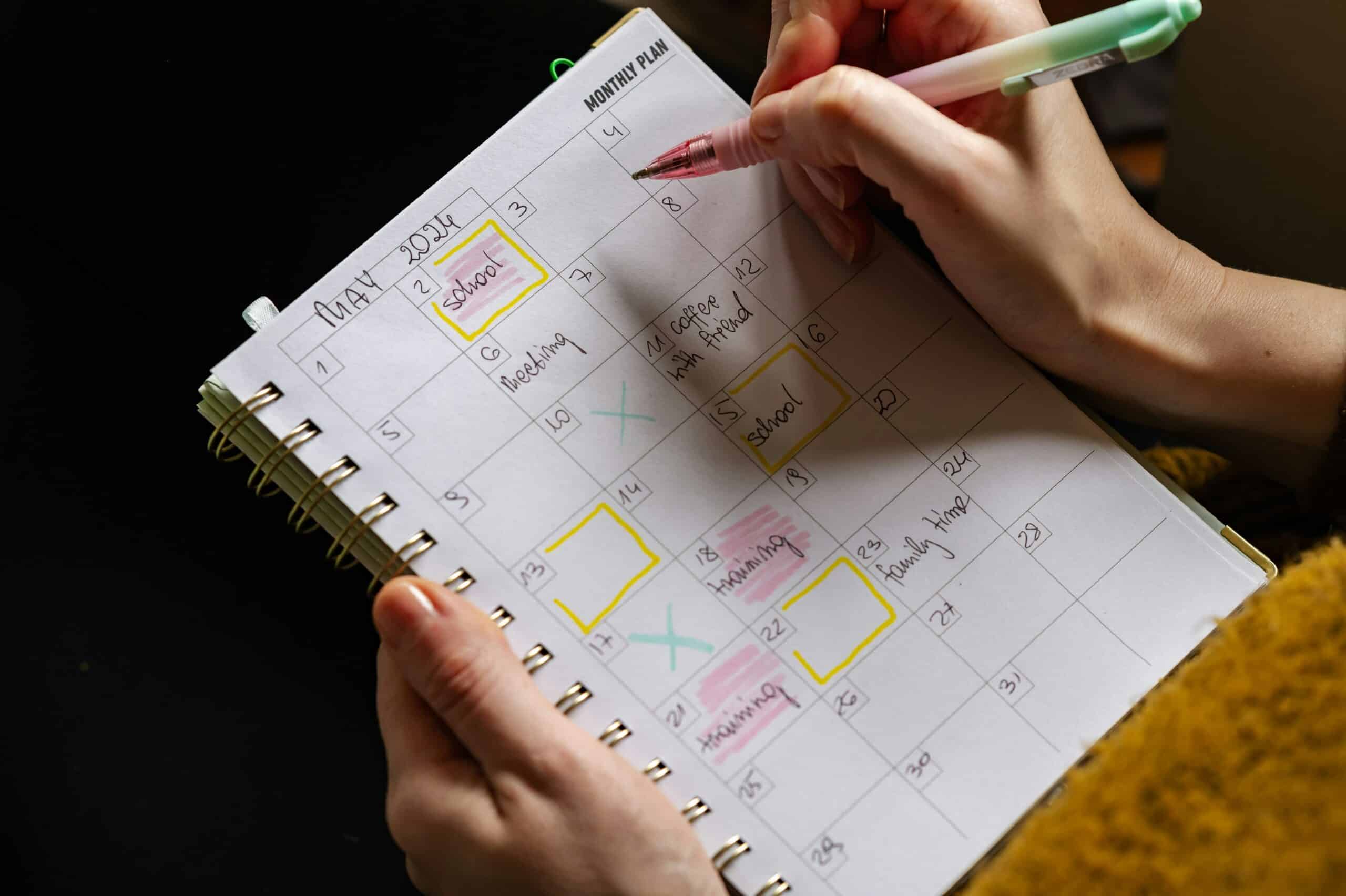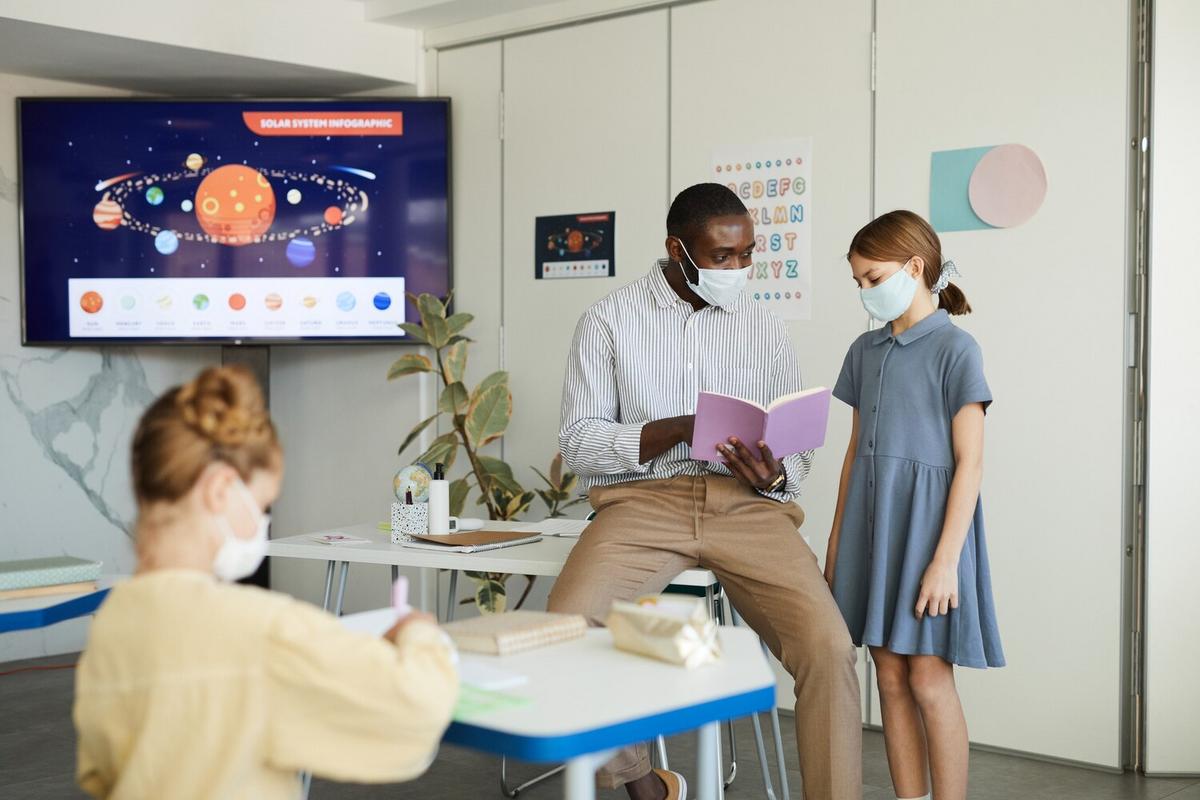
How to Create a Personal Development Plan for Lifelong Learning
Crafting a personal development plan is an empowering step towards lifelong learning, a journey that fosters continuous growth and adaptability in a rapidly evolving world.
Creating a personal development plan for lifelong learning involves more than just setting goals; it’s about designing a roadmap tailored to your aspirations and learning style. According to a report by the World Economic Forum, 50% of all employees will need reskilling by 2025, showcasing the importance of lifelong learning in today’s dynamic job market.
Why is a Personal Development Plan Important?
A personal development plan helps in identifying your strengths, areas for improvement, and the skills necessary to achieve your professional and personal goals. As educational psychologist Dr. Carol Dweck suggests, embracing a growth mindset can significantly impact your ability to learn and adapt.
Key Components of a Personal Development Plan
A comprehensive plan typically includes:
- Self-assessment: Understanding your current skills and competencies.
- Goal setting: Defining clear, achievable objectives.
- Action plan: Outlining steps to reach your goals.
- Timeline: Setting deadlines to maintain momentum.
- Resources: Identifying tools and support needed.
- Evaluation: Regularly reviewing progress and adjusting the plan as necessary.
Steps to Create Your Personal Development Plan
Step 1: Conduct a Self-Assessment
Begin by evaluating your current skills and areas where you wish to grow. This can involve feedback from peers or using self-assessment tools available online.
Step 2: Set Specific Goals
Define what you want to achieve. Use the SMART criteria (Specific, Measurable, Achievable, Relevant, Time-bound) to set goals that are clear and attainable.
Step 3: Develop an Action Plan
Outline the actions needed to achieve your goals. This can include enrolling in courses, attending workshops, or seeking mentorship.
Step 4: Allocate Time for Learning
Dedicate specific times in your schedule for learning activities. Consistency is key to making progress.
Step 5: Review and Adjust
Regularly review your plan to track progress. Be open to making adjustments as you learn more about your needs and interests.
Comparison Table: Traditional Learning vs. Lifelong Learning
| Aspect | Traditional Learning | Lifelong Learning |
|---|---|---|
| Focus | Formal education | Self-directed |
| Duration | Fixed timeframe | Continuous |
| Objective | Certification | Skill acquisition |
| Flexibility | Structured | Adaptable |
| Assessment | Exams | Self-evaluation |
| Resources | Institutions | Varied (online, peers) |
| Motivation | Extrinsic | Intrinsic |
| Outcome | Degree | Personal growth |
Frequently Asked Questions
How often should I update my personal development plan?
It’s recommended to review and update your plan every six months to a year, depending on the goals and changes in your personal or professional life.
Can personal development plans be used in professional settings?
Yes, many organizations encourage employees to create personal development plans to align individual growth with company objectives.
What tools can help in creating a personal development plan?
There are various online templates and apps designed to assist in creating and tracking personal development plans, such as goal-setting apps and project management tools.
Conclusion
Creating a personal development plan is a dynamic process that equips you for lifelong learning. By setting clear goals and regularly evaluating your progress, you can adapt to changes and continue to grow both personally and professionally. Start today, and take the first step towards a fulfilling journey of continuous improvement.


